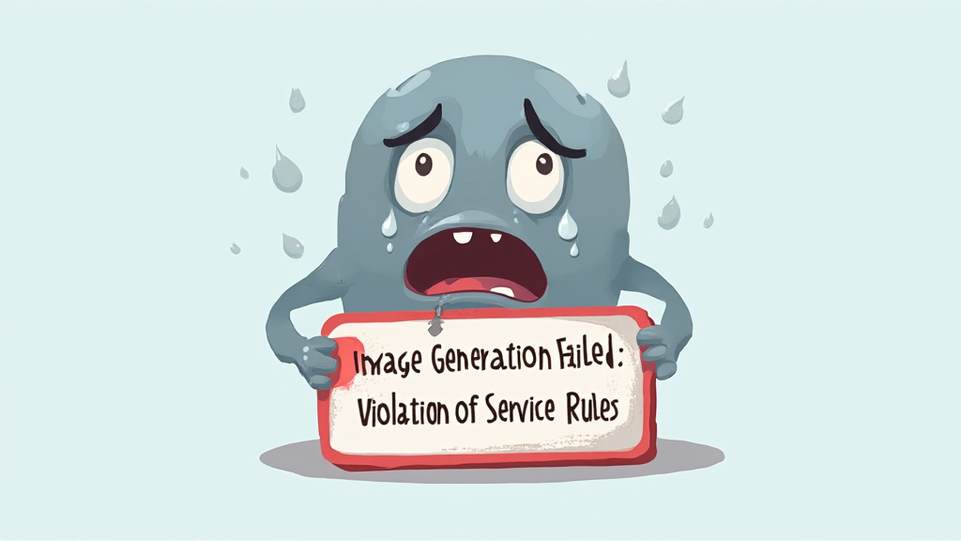Introduction to Inflation and Its Impact on Savings
Understanding Inflation: Causes and Effects
Inflation is the rate at which the general level of prices for goods and services rises. This decrease in purchasing power can significantly impact savings. When inflation outpaces interest rates, the real value of savings diminishes. It’s frustrating to see your money lose value.
For example, if inflation is 3% and your savings account earns 1%, you effectively lose 2% of your purchasing power annually. This is a wake-up call for savers.
Understanding the causes of inflation is crucial. Factors include increased demand, rising production costs, and expansive monetary policy. These elements can create a cycle that erodes savings. It’s essential to stay informed.
The Historical Context of Inflation and Savings
Historically, inflation has fluctuated significantly, impacting savings strategies. For instance, during the 1970s, high inflation rates eroded real returns on savings accounts. Many savers felt the pinch.
In contrast, periods of low inflation, such as the 1990s, allowed for more stable savings growth. This stability encouraged investment ib various asset classes. It’s crucial to analyze these trends.
Moreover, central banks often adjust interest rates in response to inflation. This can directly influence savings behavior. Understanding these dynamics is vital for effective financial planning.
The Role of Cryptocurrency in Inflationary Times
How Cryptocurrencies Can Hedge Against Inflation
Cryptocurrencies offer a unique hedge against inflation. Their decentralized nature limits supply, contrasting with fiat currencies. This scarcity can preserve value during inflationary periods. Many investors recognize this potential.
Additionally, cryptocurrencies can provide diversification in a portfolio. They often behave independently of traditional assets. This independence can mitigate overall risk. It’s essential to consider these factors.
Comparing Cryptocurrencies to Traditional Assets
Cryptocurrencies and traditional assets serve different purposes in investment strategies. While traditional assets like stocks and bonds provide stability, cryptocurrencies offer high volatility and potential for significant returns. This contrast can be advantageous.
Moreover, cryptocurrencies are not subject to the same regulatory constraints as
Diversifying Your Investment Portfolio
The Importance of Asset Diversification
Asset diversification is crucial for managing investment risk. By spreading investments across various asset classes, an investor can reduce the impact of poor performance in any single area. This strategy enhances overall portfolio stability.
Additionally, diversification allows for exposure to different market conditions. It can lead to more consistent returns over time. This is a smart approach.
Incorporating Cryptocurrencies into Your Portfolio
Incorporating cryptocurrencies into an investment portfolio can enhance diversification. By allocating a portion of assets to digital currencies, he can potentially increase returns while mitigating risks associated with traditional investments. This approach is becoming increasingly popular.
Furthermore, cryptocurrencies often exhibit low correlation with conventional assets. This characteristic can provide a buffer during market volatility. It’s essential to conduct thorough research.
Stablecoins: A Safe Haven in Volatile Markets
What Are Stablecoins and How Do They Work?
Stablecoins are digital currencies designed to maintain a stable value, typically pegged to a fiat currency like the US dollar. This stability makes them attractive during market volatility. Many investors seek safety in stablecoins.
Additionally, stablecoins facilitate quick transactions and lower fees compared to traditional banking. They can serve as a bridge between cryptocurrencies and fiat currencies. This functionality is essential for liquidity.
Benefits and Risks of Using Stablecoins
Stablecoins offer several benefits, including price stability and liquidity. They provide a safe haven during market fluctuations. Many investors appreciate this feature.
However, risks exist, such as regulatory scrutiny and counterparty risk. These factors can wallop the reliability of stablecoins. It’s crucial to assess these risks carefully.
Strategies for Long-Term Wealth Preservation
Investing in Hard Assets: Gold, Real Estate, and Crypto
Investing in hard assets like gold, real estate, and cryptocurrencies can provide long-term wealth preservation. These assets often retain value during economic downturns. Many investors seek stability.
Additionally, gold serves as a hedge against inflation. Real estate can generate passive income. This strategy is effective.
Building a Resilient Financial Plan
A resilient financial plan incorporates diverse asset classes. This strategy mitigates risks associated with market volatility. Many experts recommend this approach.
Additionally, regular reviews of financial goals are essential. Adjustments may be necessary over time. This keeps the plan relevant.
Staying Informed: The Importance of Market Research
Tools and Resources for Cryptocurrency Research
Utilizing reliable tools and resources is essential for cryptocurrency research. He should focus on reputable market analysis platforms. This ensures informed decision-making.
Additionally, following industry news and trends is crucial. Staying updated can provide a competitive edge. Knowledge is power.
Understanding Market Trends and Indicators
Understanding market trends and indicators is vital for effective investment strategies. He should analyze price movements and trading volumes. This analysis reveals potential market directions.
Additionally, recognizing patterns can enhance decision-making. Historical data often provides valuable insights. Knowledge is essential for success.
Conclusion: Taking Action to Protect Your Savings
Creating a Personal Action Plan
Creating a personal action plan is essential for financial security. He should outline specific goals and strategies. This clarity helps in making informed decisions.
Additionally, regular reviews of the plan are necessary. Adjustments may be required based on market conditions. Staying proactive is crucial for success.
Encouraging Financial Literacy and Ongoing Education
Encouraging financial literacy is vital for informed decision-making. He should seek resources that enhance his understanding. This knowledge empowers better financial choices.
Moreover, ongoing education keeps him updated on market trends. Regular learning can lead to improved investment strategies. Knowledge is a valuable asset.
